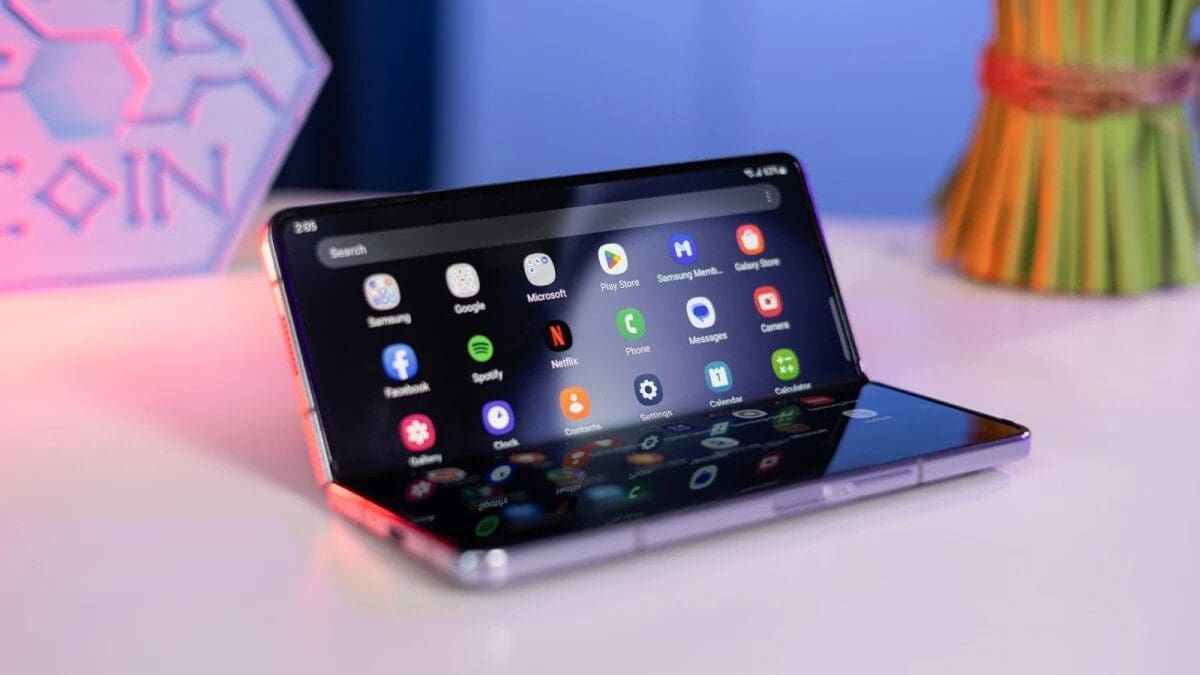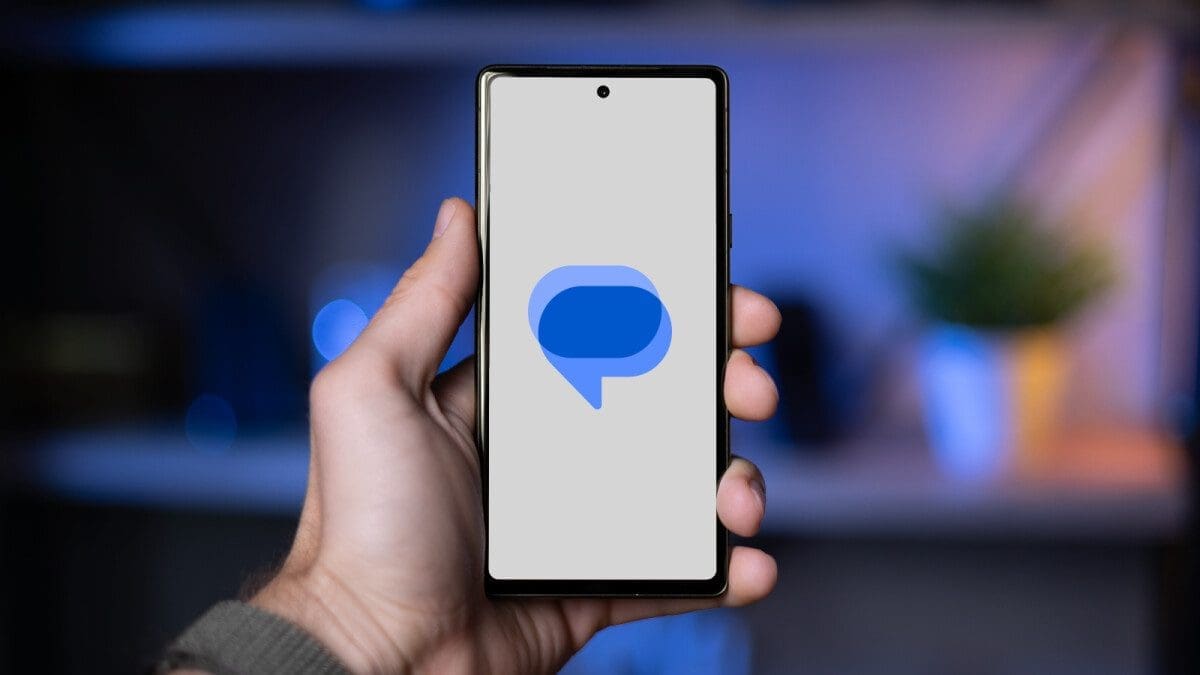Titanium: The Future of Smartphone Building Material
From spaceships to prosthetics, titanium has been at the forefront of material science for the past couple of decades. You can find it mentioned everywhere: in science fiction books, in Marvel comics and movies, in high-performance cars, in the aerospace industry, and so on and so forth. In the minds of most people, titanium is associated with high-tech and expensive gadgets and bears a futuristic zing to its name.
So, when Apple decided to go titanium with the new iPhone 15 Pro and iPhone 15 Pro Max models, a lot of people produced the “wow” reaction the company was anticipating. But what is titanium? Is it so much better than aluminum or stainless steel? What are its applications, and what are the pros and cons when this cool-sounding material is used to make a smartphone? Today, we’re going to answer all these questions! Let’s go!
What is titanium?
Your chemistry teacher would probably say something like this: “Titanium is a chemical element from the periodic table with number 22; it’s a metal that belongs to Group IV,” but that’s pretty boring, right? Let’s try another way. Titanium is a super-cool silvery-gray metal that is light but also strong. It can resist corrosion, and it also doesn’t care much for magnets.
We’ll get deeper into the properties of this metal in a second. What’s really interesting, and something you probably don’t suspect, is that titanium is the fifth most abundant element in Earth’s crust. That’s right, there’s titanium everywhere—in rocks, clay, soil, sand, etc.
Different grades of titanium
Another important point is that titanium, in its purest form, is as hard as common low-grade steel alloys. It’s less dense, hence lighter, but the point is that it’s not automatically superior to other common and less expensive metals.
There are 38 grades of titanium, depending on the different elements present in the alloy. Grades 1 to 4 are considered pure titanium; the only variable is the oxygen present. Grade 5 is the most commonly used and widespread alloy of titanium, and it has 6% aluminum, 4% vanadium, 0.25% iron, and 0.2% oxygen in it. This alloy is sort of the sweet spot for most applications; it has an excellent combination of strength, corrosion resistance, weldability, and fabricability. The frame of the new iPhone 15 Pro and iPhone 15 Pro Max is made from Grade 5 titanium, according to Apple.
Grades 6 to 38 all have different chemical elements in them, giving them specific properties and making them suitable for specific applications. Grade 23 (6% aluminum, 4% vanadium, and 0.13% oxygen), for example, is the most commonly used titanium for medical implants due to its excellent biocompatibility.
Pros and cons of titanium as a smartphone building material
To put it simply, titanium is a great building material for smartphones, but not for the reasons you might be thinking of. First of all, you can achieve the same strength with stainless steel or aluminum for less money. What makes titanium great is its density, corrosive resistance, low heat, and electrical conductivity. You can couple all that with titanium’s weak interaction with magnetic fields to get the full picture. This means a phone made of titanium will be lighter, stronger, heat up less, and won’t need a coating to shield it from corrosion.
If we look at the low magnetic interaction of titanium, there’s another possible benefit to making a phone (back) out of that material. Wireless charging. Do you miss metal-back phones? Well, titanium might be the answer. Various medical implants made of titanium are being wirelessly charged the very moment we type this.
The biggest con, let’s say, of making the inner and outer frames and the back of a smartphone from titanium is the cost. Just slapping a tiny 1mm thick frame around the iPhone 15 Pro Max results in a $100 bump in the retail price (although it’s believed that the production cost and the cost of the material itself are around $30–$40). You can imagine how expensive a titanium phone would be.
Do we really need titanium phones?
The answer to this question is that, just like many other things in life, it depends. Titanium is widely used in smaller electronics such as smartphones, smart rings, jewelry, etc. There are a lot of benefits to titanium, with the biggest issue being the cost. If people are willing to pay extra for a titanium phone, then there will be one (and Apple made the first and most important step in that direction).
On the other hand, high-grade aluminum or steel can achieve the majority of Grade 5 titanium’s properties at a lower cost. It’s not the same, and you won’t be able to brag about your new “titanium phone,” but it will get the job done (and it already does so in many, many models).
But, to be honest, people need options. We often complain about how little innovation is happening in the smartphone space and that we have limited choice. The new titanium iPhones (even though only the outer frame is made out of titanium) could lead to other manufacturers turning to the same material, which could give us more options. That’s a good thing, right?










